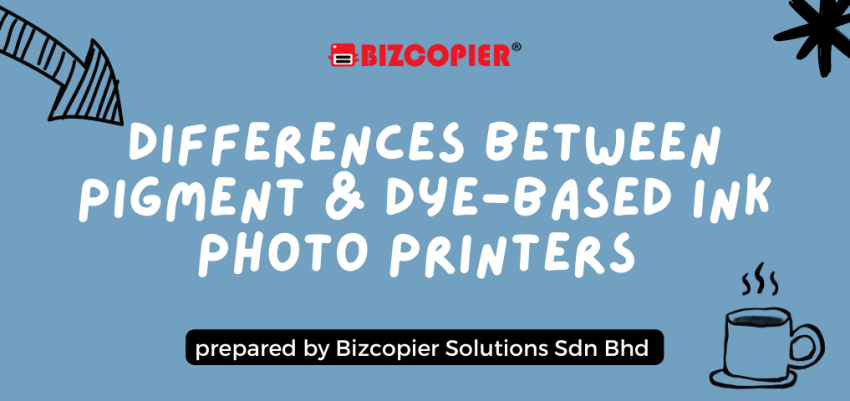Pigment-Based Ink Photo Printers
Pigment-based ink photo printers utilize inks composed of tiny, solid color particles suspended in a liquid carrier. These particles are designed to sit on the surface of the paper, resulting in a unique set of characteristics:
Color Accuracy: Pigment inks are known for their accurate color reproduction, making them ideal for professional photo printing and fine art applications. The solid particles allow for more precise color matching.
Longevity: Pigment-based prints tend to be more resistant to fading and environmental factors, such as light and moisture. The particles bond with the paper fibers, contributing to increased durability.
Water Resistance: Pigment inks are inherently water-resistant due to their particle-based nature. This feature ensures that prints can withstand accidental spills or exposure to moisture.
Archival Quality: Pigment-based prints are often referred to as archival prints due to their ability to retain their vibrancy and quality for extended periods, making them suitable for preservation and display.
Surface Compatibility: Pigment-based inks can be used on a wide range of media, including glossy, matte, and fine art papers. They offer excellent versatility for different printing preferences.
Dye-Based Ink Photo Printers
Dye-based ink photo printers use inks that are composed of color molecules dissolved in liquid. These inks are absorbed into the paper, resulting in distinct characteristics:
Color Vibrancy: Dye-based inks are known for their vibrant and rich colors, making them suitable for producing eye-catching photos and graphics.
Immediate Drying: Dye-based inks dry quickly due to their liquid nature. This feature is advantageous for projects that require immediate handling or sharing.
Cost-Effectiveness: Dye-based inks are generally less expensive to produce, which can translate to lower upfront costs for the printer itself. This makes them more accessible for casual users.
Glossy Finish: Dye-based inks often provide a glossy finish that enhances the visual appeal of photos and graphics, making them popular for personal photo printing.
Media Limitations: Dye-based inks may be less compatible with certain media, such as fine art papers, due to their tendency to be absorbed into the paper fibers.
Considerations and Choosing the Right Ink
When deciding between pigment and dye-based ink photo printers, several factors should be considered:
Intended Use: Determine whether you require long-lasting, archival-quality prints or vibrant, immediate-impact photos.
Longevity: If print longevity is a priority, pigment-based inks are the better choice due to their resistance to fading and environmental factors.
Media Compatibility: Consider the types of papers and media you plan to use. Pigment-based inks offer broader compatibility with various surfaces.
Color Accuracy: For projects that demand precise color accuracy, such as professional photography or art reproduction, pigment-based inks are recommended.
Budget: Dye-based ink photo printers are often more budget-friendly in terms of initial costs, making them suitable for casual users and hobbyists.

